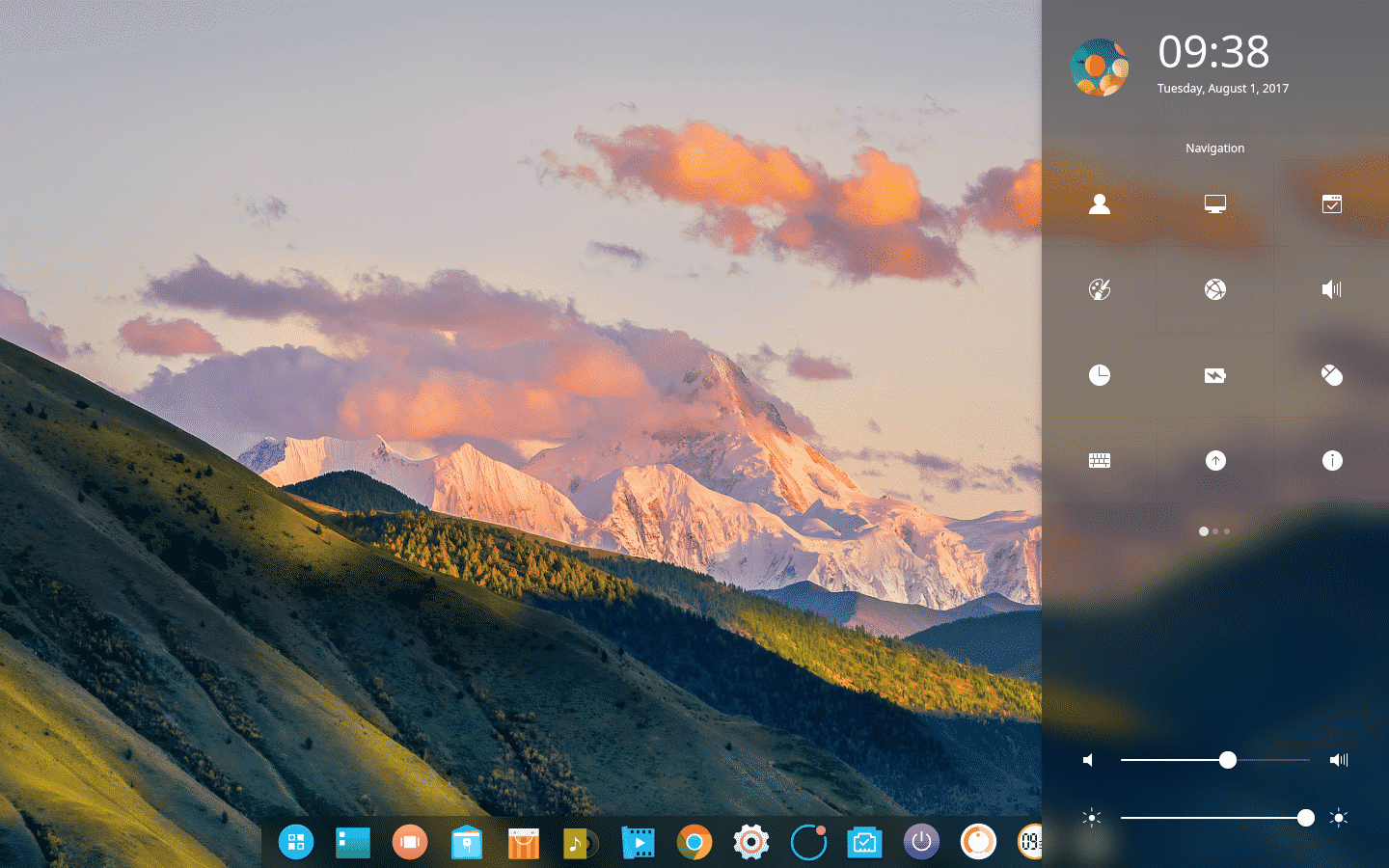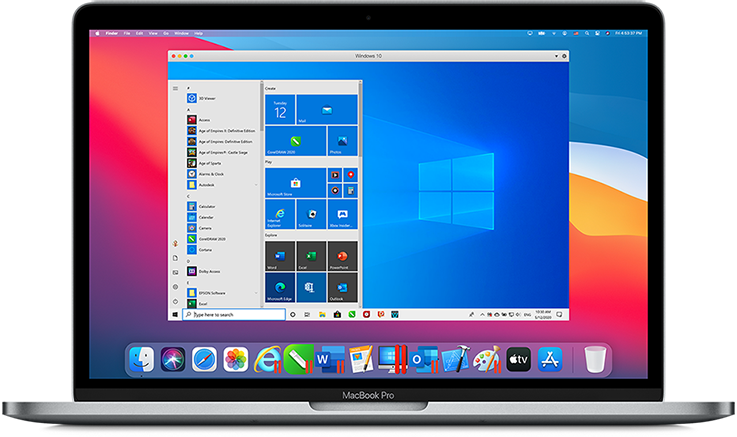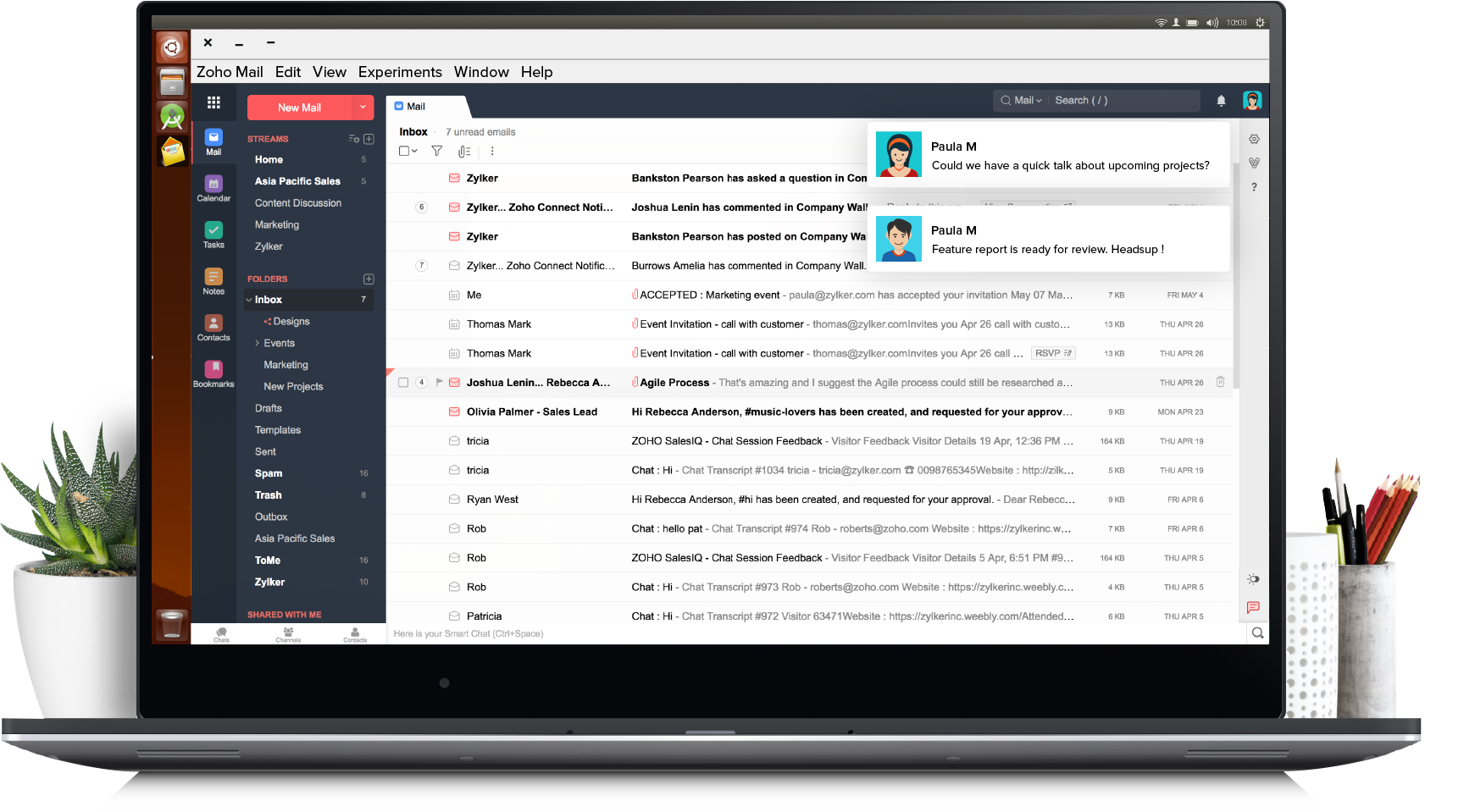Download Skype for Windows, Mac or Linux today. Get Skype, free messaging and video chat app. Conference calls for up to 25 people. Download Skype for Windows, Mac or Linux today. Skype for Desktop. Available for Windows, Mac OS X and Linux. By downloading Skype. Therefore, integration between Mac OS X and Linux guest-OS's was greatly improved. 11 Despite the addition of numerous new features, tools and added functionality, the first iteration of Parallels Desktop for Mac 3.0 was missing some of the features that Parallels had planned for it. Make Your Linux Desktop Look-Like Mac OS X Leopard Using Transformation Packs - Last updated on December 10, 2010 by VG. Today we are going to share 2 Mac OS X transformation packs for Linux operating system. These transformation packs will make your Linux Desktop look-like Mac OS X.
Pearl Linux OS has been available for free download since 12/2014 with our first release simply titled Pearl Linux. It was based on the 14.04 released version of Ubuntu. That release was using the XFCE desktop environment. Since then we now offer the MATE, GNOME, LXDE and soon to come our own DE PDE which is a DE that revolves around the Compiz Window Manager and uses elements from LXDE and XFCE4 desktops. Since the release of Pearl OS 3.0 we are now maintaining our own repository on site. The reason I felt Pearl was needed early on was the overall exceptance from the developer communities to allow pretty much Compiz to disappear. With the Linux platform you may if you choose, to maintain your own repository that can be added to whatever Linux base you choose to build on to maintain the elements you choose to keep active. Thankfully many others felt the same as I did and Compiz these days is widely exepted.

How to install Linux on a Mac: Replacing OS X/macOS with Linux Running Linux inside a virtual environment is all well and good, but if you're a more seasoned Linux user you may want to replace OS. VMware Desktop Hypervisors: VMware Workstation and VMware Fusion: Local Mac, Windows and Linux Virtualization Desktop Hypervisor products from VMware provide IT pros, developers and businesses alike with a powerful local virtualization sandbox to build, run or support apps of any kind.
These days its not that easy to find many distros still using compiz for the desktop effects. Since the start of Pearl over a year ago every release at least has the option to use compiz. When using compiz it does require a bit more of the computer power to run smoothly however I, like many others really do like at least the option to play a little. For newbies to Linux there is a word of caution I'll through out there, if playing around beyond what we setup as default beware you may end up with a computer that simply wont respond at all. For this reason we have a file in your home directory called ' Pearl-Compiz-Default-Settings'. It's very easy to regain control if you went a bit too far while playing with the more wild effects offered through the compiz window manager.
For many years now I modeled Pearl as a mix between Linux Mint / Ubuntu for the system level workings. In short Ubuntu is used as the Linux Mint backend as well but like the looks of Linux Mint...acually I love Linux Mint and their awesome developer. Now as for Ubuntu...their not ranked so high for no reason. Very stable is why they are a big part in Pearl's exisistance. Not to mention the security of the system itself is maintained by them as all derivitives from Ubuntu is. What was lacking was the look and feel of Mac OS X as the main layout as Linux Mint is more like a Windows layout. Also I liked OS X in the Snow Leopard days so I keep that option inside Pearl on all releases to acually come pretty close to what Snow Leopard was back in the day. I'm not about the FLAT look which Linux has been on that kick for some time now can't wait till their is something to replace that one day. To me some themes are so flat all windows get lost inside each other... yuck. That being said, thats why everyone will soon migrate to Linux from both Mac and Windows and that is the users choice. You can make your own Linux with the tools we provide you on all of our releases. Currently we use wasta-remastersys to create our images.
We have a small basic user manual now available at http://www.pearllinux.com/Pearl3.0UserManual.
There are many versions of Pearl available for download at SourceForge.net Follow the link below to browse the many versions currently available. Each release has all the detailed information about that release at sourceforge.

We’ve established how easy it is to make Ubuntu look like a Mac but theming Linux Mint, the popular Ubuntu-based offshoot, is a little trickier.
But no more.
It’s now possible to make Linux Mint look like a Mac too, and it’s all thanks to a customised version of the uncannily accurate macOS Mojave GTK theme we highlighted a few weeks ago.
So if you long to add some Cupertino styling to the Cinnamon desktop, read on!
Mac Theme for Linux Mint 19
Mac themes for Linux Mint are not new.
But good ones? Well, they have been a bit hard to come by due, in part, to the Cinnamon desktop being based around an older version of GTK, the underlying toolkit that’s used to “draw” the GUI of many apps.
Major compatibility issues and refactoring changes between GTK versions has meant that many popular modern GTK themes were not directly compatible with Linux Mint — and that included crop of clonetastic Mac themes too.

Updated GTK in Linux Mint 19
The recent release of Linux Mint 19 changes the game; ‘Tara’ ships with a newer version of GTK that supports many of the advanced theming capabilities that themes often use.
And ready to take full advantage of the new theming capabilities available to Linux Mint 19 is prolific Linux theme maker PaulXfce.
Paul creates and maintains a bunch of well designed and well made themes for various GTK+ based desktop environments, including GNOME Shell, Budgie and, more relevant to those of you reading this post, Cinnamon.
Having recently raved about his creepily accurate macOS Mojave theme I was thrilled to learn that Paul has made a custom version of his macOS mojave theme available for the Cinnamon desktop.
Not that the task was entirely smooth sailing, as Paul points out:
“This has proven to be a much more difficult thing to do, because of the way Linux Mint uses Muffin as a window-manager, which has some drawbacks (like: Server-Side-Decoration, so no transparency in Nemo, ) and the ‘multitude’ of toolbars that take half the real-estate of the window… Reducing the size of them was my first priority.”
Undeterred, Paul has re-engineered his Mac os theme for Linux Mint, building a new Metacity theme that blends with the rest of the UI while still allowing apps using Client Side Decoration (CSD) to look the part too.
The downside is that, for now, Paul’s excellent Mac os theme only affects the look and feel of applications and app window borders. A Cinnamon desktop theme is not (currently) available (and the Cinnamon Spices website turns up nothing Apple-related).
Still; the theme is a sterling attempt and well worth trying out — even if only as a novelty. You can download the theme directly from GNOME-Look:
To install, extract the archive file to the hidden ‘.themes’ folder in your Home folder (if you don’t have one, create one).
Finally, to apply the theme, Open System Settings > Appearance > Themes and select the theme in both the window-borders and controls section.

More Ways to Make Linux Mint Look like a Mac
If you’re minded to make the Mint desktop more like Mac OS X there are some additional things you can do to curate a Cupertino-style aesthetic on the Cinnamon desktop.
You can move Mint desktop panels easily. Just right-click on an empty section of the panel, choose the ‘Properties’ menu option and, from the settings you see, move the panel from the bottom of the screen to the top.
This makes way for what is surely the most iconic element of the Mac desktop: the dock.
A chunky task bar, the dock puts large app icons and folder shortcuts within reach at the bottom of the screen. There are plenty of Linux docks available but we think that Plank is by far and away the best. You can install Plank on Linux Mint be searching for it in the Software Manager app.
You can add more applications to your Plank dock by dragging a shortcut out of the Mint Menu and dropping it on to the dock. You can even add folders to Plank too!
Other suggestions:
- Change the desktop wallpaper to a Mac background
- Replace the bottom panel with a dock app like Plank
- Install a Mac icon theme for Linux
- Move the bottom panel to the top of the screen
- Install/enable Nemo Preview, analogous to Quick Look
- Install Synapse, Kupfer, Alfred or similar for a Spotlight equivalent

Mac Os X Remote Desktop Linux
So get started and share your screenshots in the comments.
Rebuild Desktop Mac Os X
